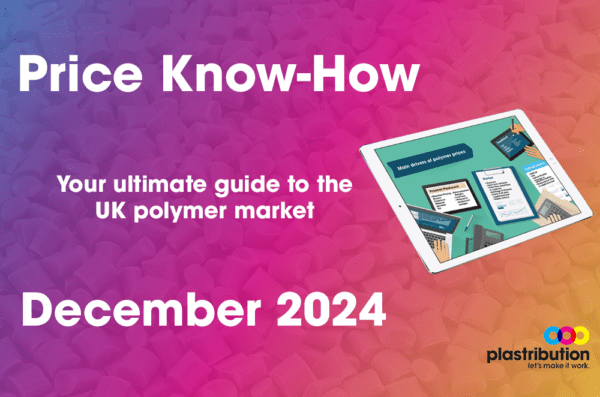
Plastribution’s Polymer Price Know-How: March 2024
|
Getting your Trinity Audio player ready...
|
Plastribution’s March Polymer Price Know-How highlights how Houthi disruptions in the Red Sea briefly affected European PE and PP supplies. Despite these challenges, converters are managed through existing inventories and local sourcing, mitigating immediate impacts. However, logistical and production constraints have tightened supply, pushing LDPE prices up, and underscoring the need for strategic procurement amidst volatile market conditions.
The effects on polymer supply resulting from the Houthi terrorist attacks on shipping in the Red Sea appear to have been short-lived, with converters either able to call upon their inventories or able to purchase from local supply sources to cover the delays in shipments from Asia and the Middle East, as many shipping lines adopt the longer Cape of Good Hope route to Western Europe.
However, pricing remains a contentious issue as materials shipped via the Cape of Good Hope have incurred a significant cost premium which polymer suppliers are looking to pass through to customers; here producers cite limited availability as justification for significant price hikes with LDPE supply being very tight.
Polymer Production outages in Western Europe are another important factor with a series of force majeures impacting upon local polymer supply. Furthermore, US PE and PP markets continue to firm on the back of strong export demand, which may, at least in part, be a result of the Red Sea shipping delays.
The contrast between the Aromatic and Olefin feedstock cost increases is marked. The more modest C2 and C3 settlements and the late settlement of the C2 contracts likely reflect protracted negotiations resulting from the increasing delta between Naphtha/Crude Oil pricing and the weaker price of Natural Gas, which is a competing feedstock.












